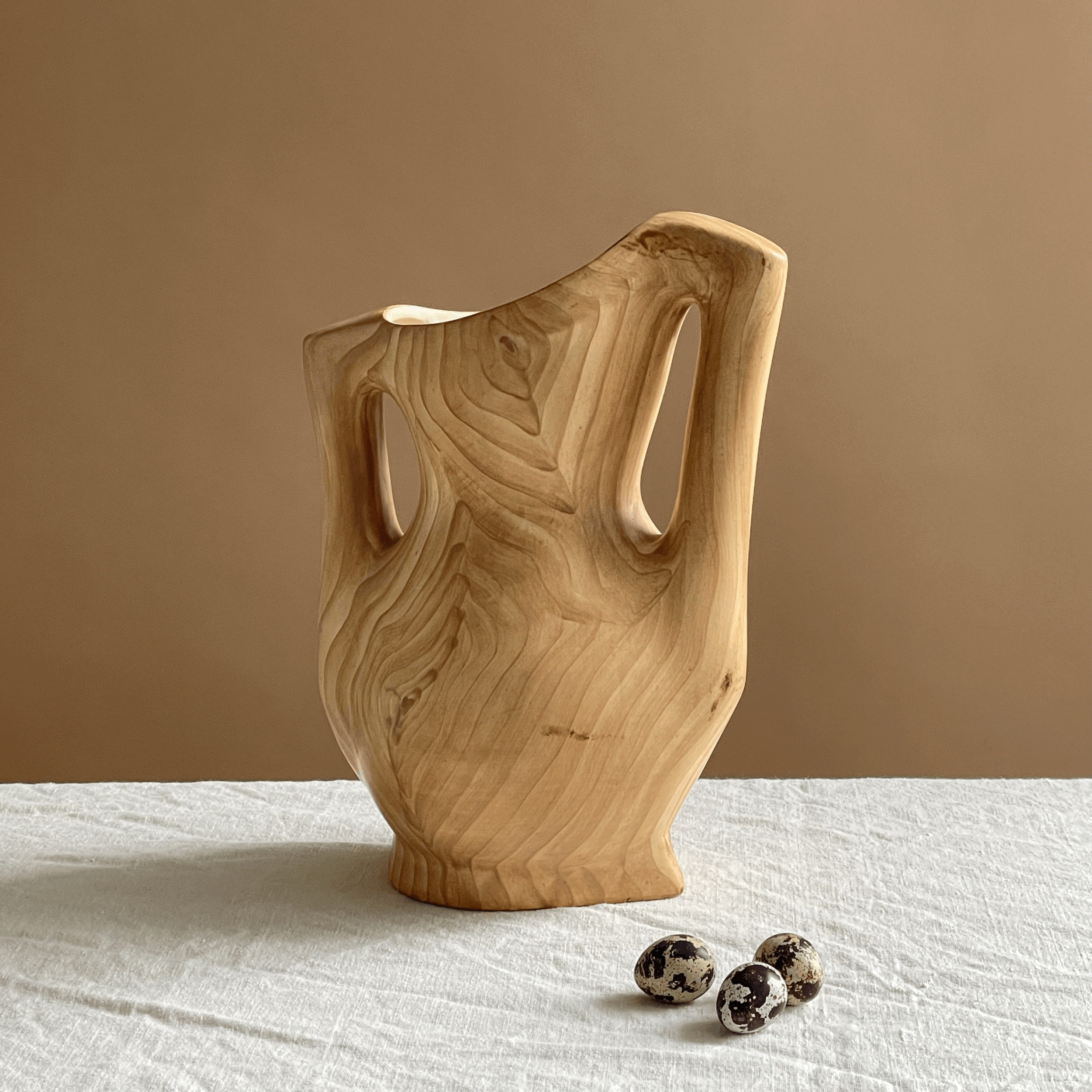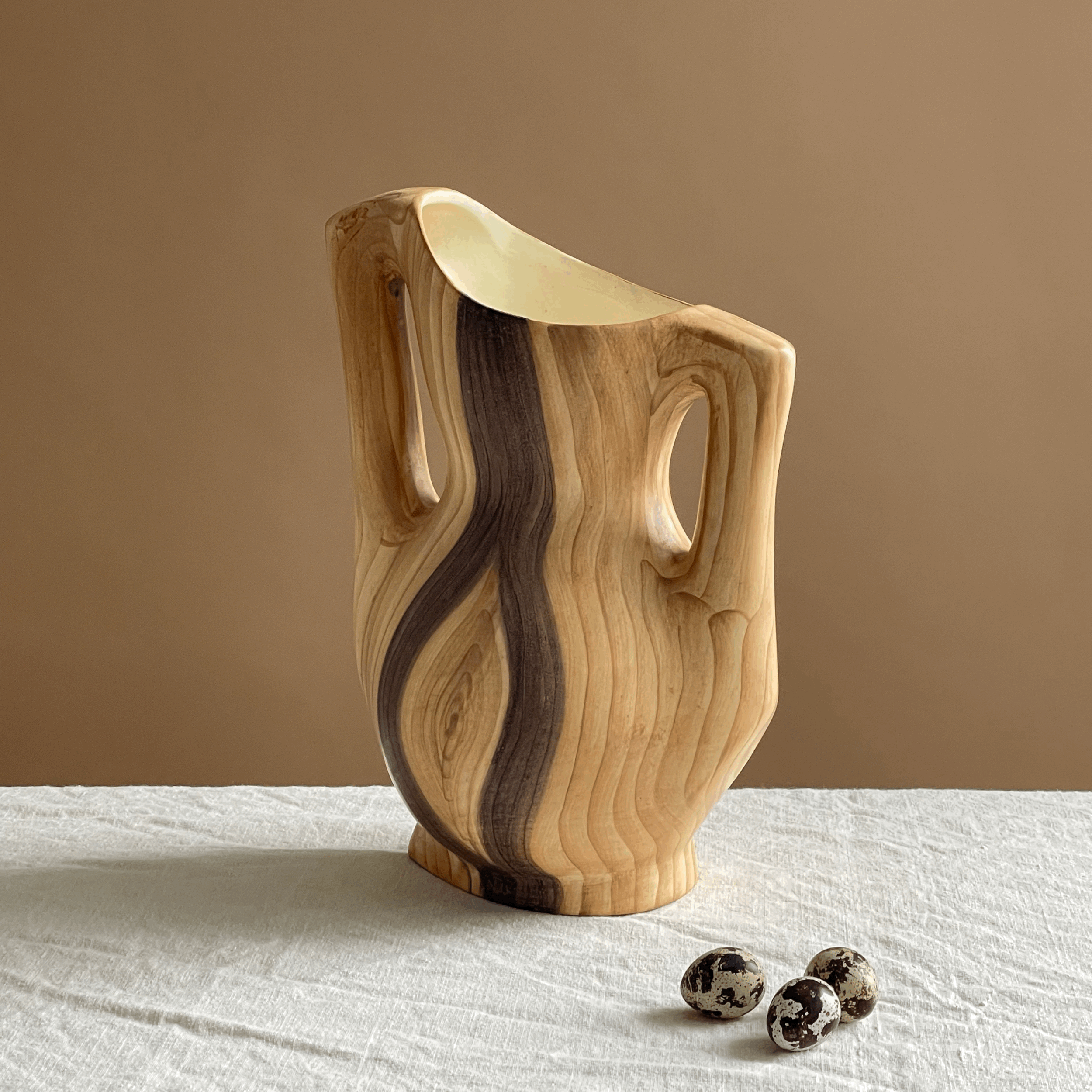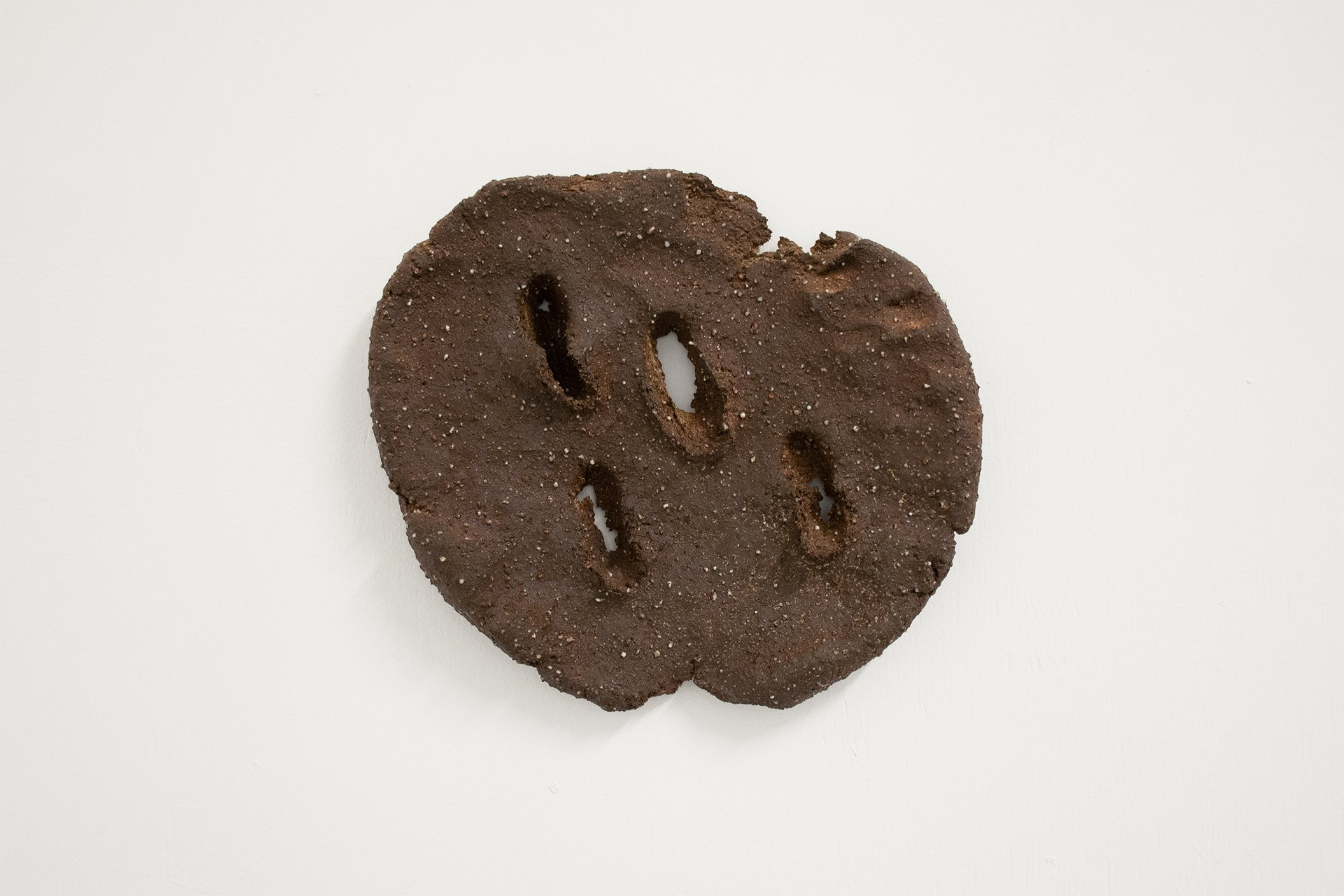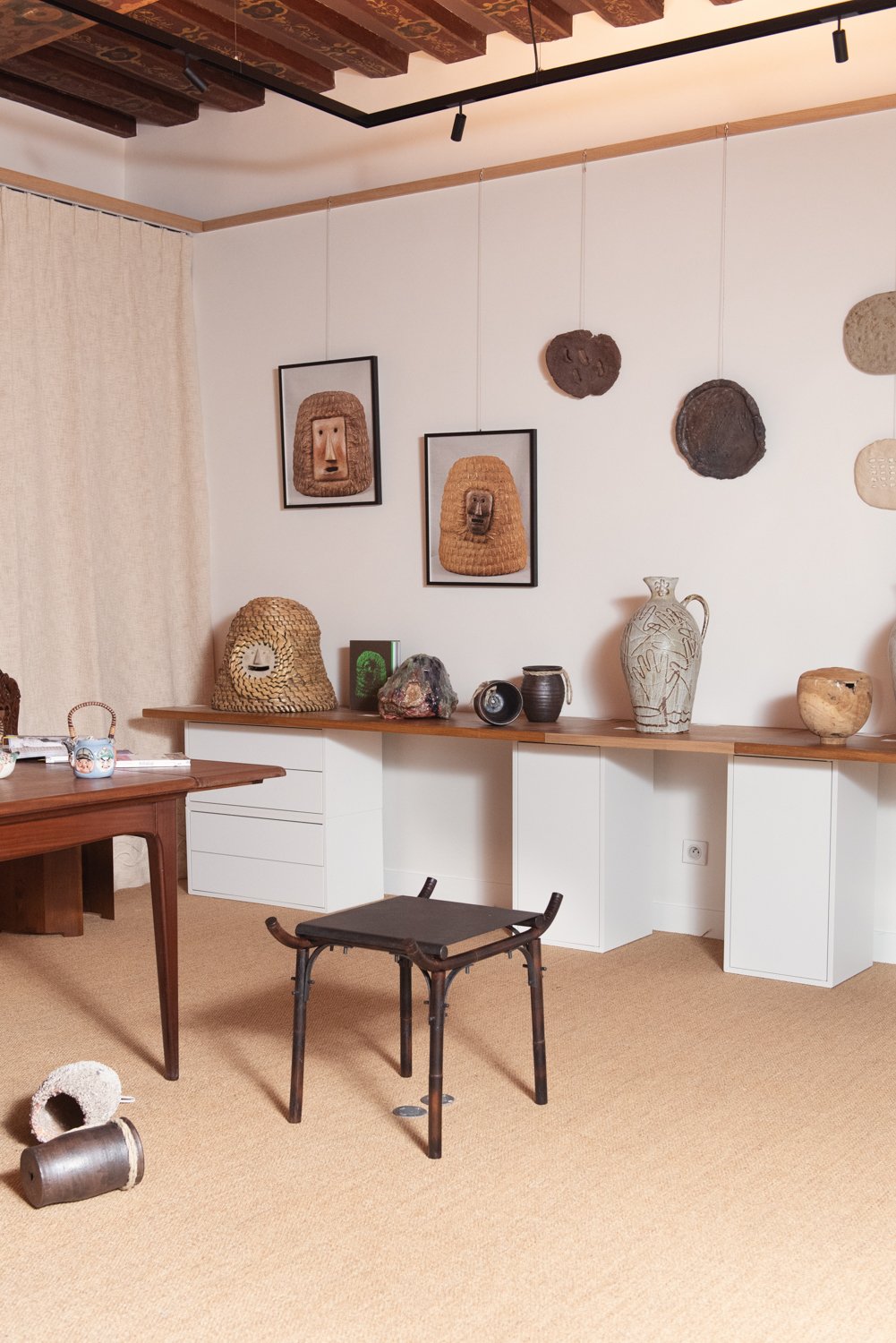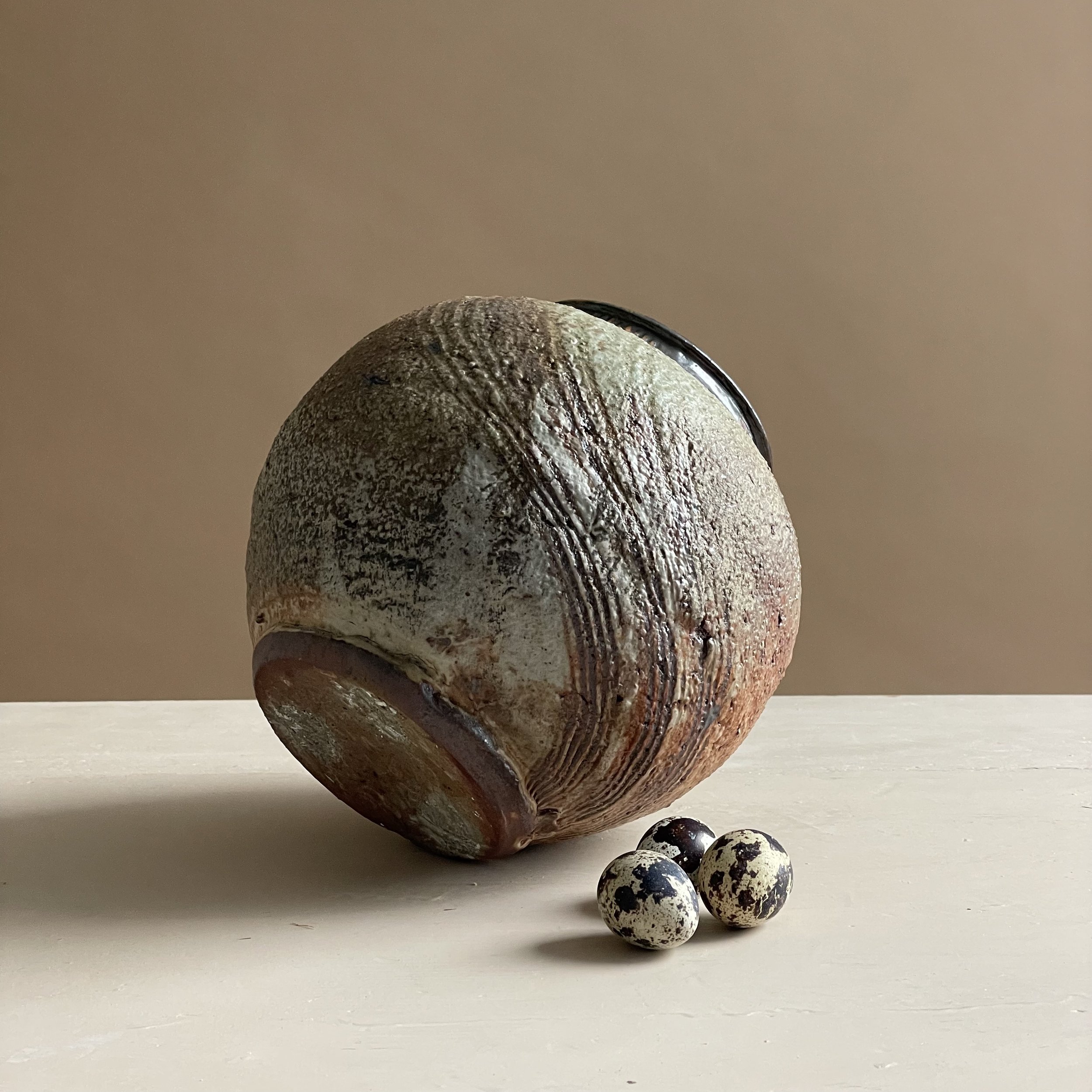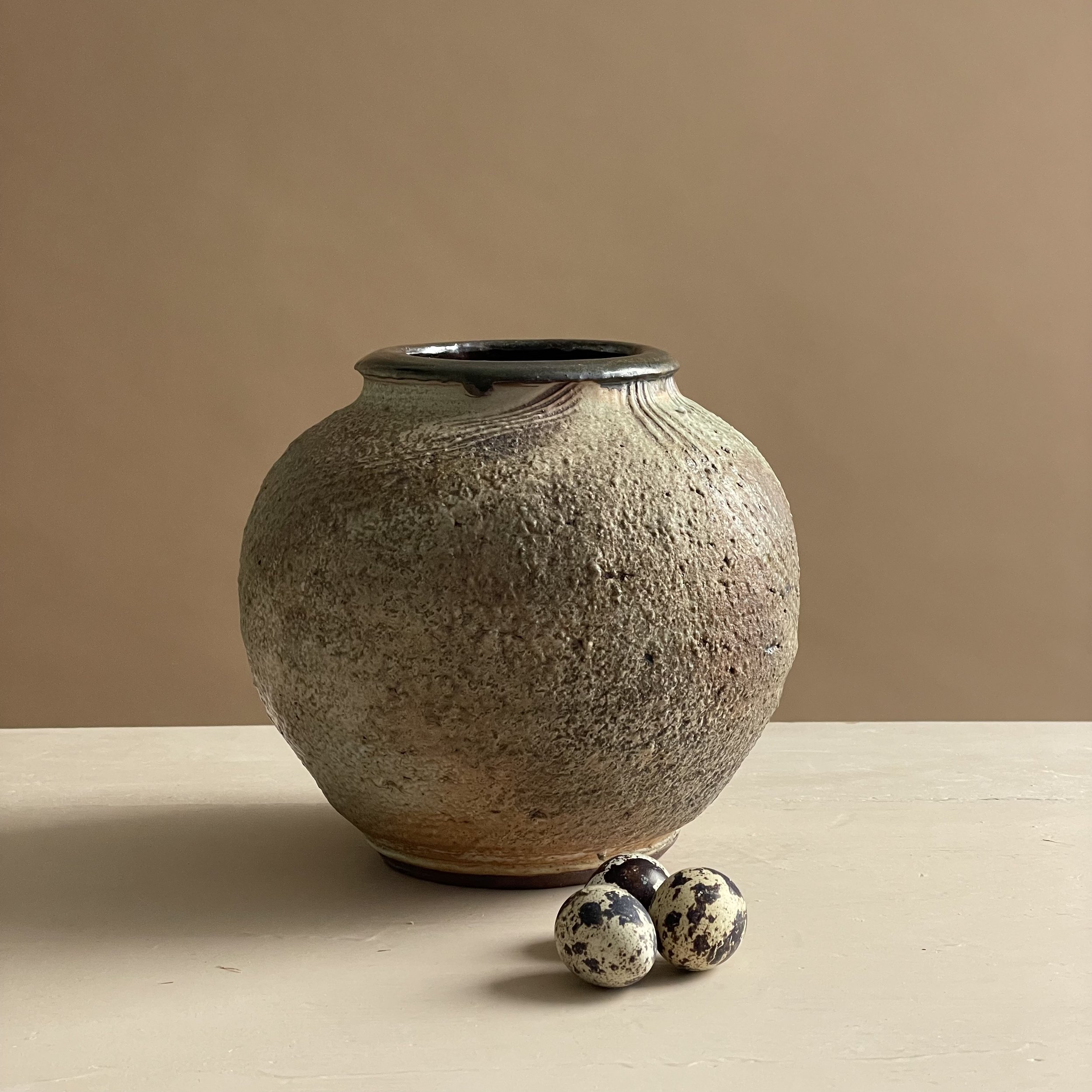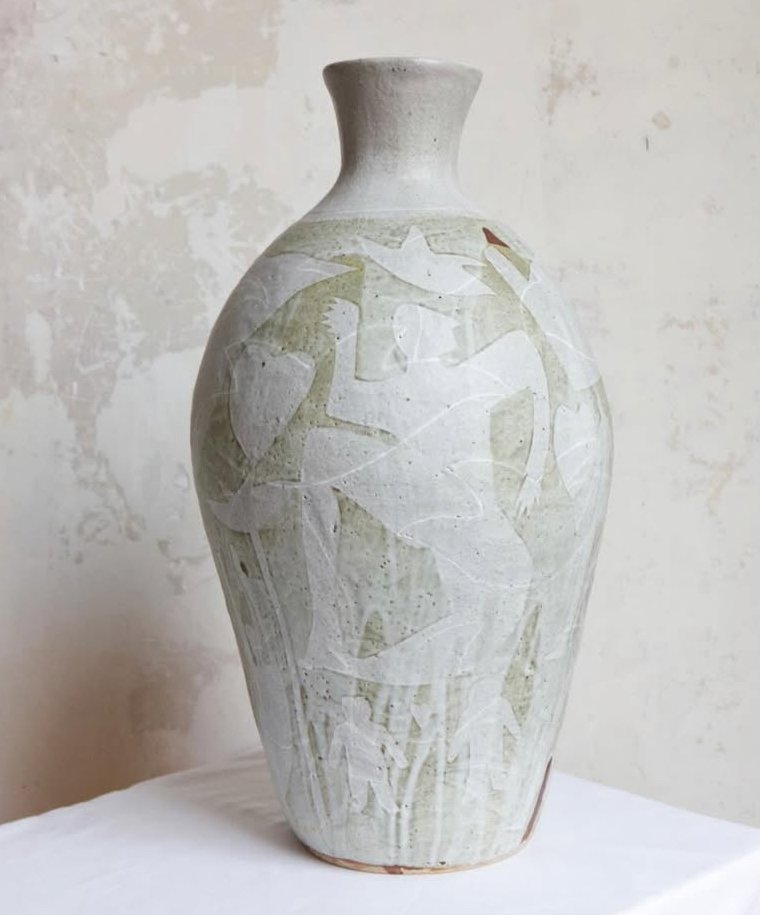Théière Banko



Théière Banko
Théière dieux de la Joie Banko, Japon
Faïence émaillée
H 10 cm
Gods of Joy Banko teapot
Glazed earthenware
H 10 cm
La théière combine habilement les caractéristiques iconographiques et physiques associée à différentes vertus et bénédictions:
Jurôjin, le dieu de la longévité et de la sagesse, est représenté sous la forme d'un vieil homme sur le couvercle, avec sa moustache servant à saisir le couvercle.
Ebisu, le dieu de l'agriculture et des pêchers, est symbolisé par un bonnet pointu servant de bec verseur.
Hotei, le dieu du commerce et de la santé, est montré chauve et souriant.
Benzaiten (Benten), la déesse des arts, de l'éloquence et du savoir, est la seule figure féminine du groupe.
Fukurokuji, le dieu de la richesse et de la longévité, est reconnaissable à son grand front.
Bishamonten, le dieu de la guerre et de la bonne fortune, est représenté avec une moue et un casque d'armure.
Daikokuten (Daikoku), le dieu de la richesse et de l'agriculture, porte un bonnet.
La théière est réalisée en céramique Banko, une forme de céramique japonaise créée par Nunami Rôzan au milieu du XVIIIe siècle, pendant la période Edo. Le style Banko est particulièrement lié à l'art du thé, et Rôzan a nommé son atelier en référence à l'expression « bankofueki », qui signifie "constance et éternité". Bien que ses œuvres aient d'abord été appréciées au Japon, ce n'est qu'à la fin du XIXe siècle et au début du XXe siècle que la porcelaine Banko a gagné une reconnaissance significative à l'étranger, notamment aux États-Unis, via des magasins comme celui de A. A. Valentine sur la 5e avenue à New York. Cette esthétique grotesque est particulièrement appréciée en Angleterre.
The "Seven Gods of Happiness" teapot is an intricately designed Japanese teapot that incorporates the seven gods of Japanese folklore, each associated with different virtues and blessings. The teapot incorporates their symbolic features into its design:
Jurôjin, the god of longevity and wisdom, is depicted as an old man on the lid, with his moustache being used to grip the lid.
Ebisu, the god of agriculture and peach trees, is represented by a pointed cap that serves as the spout.
Hotei, the deity of commerce and good health, is shown bald and smiling.
Benzaiten (Benten), the goddess of the arts, eloquence, and learning, is the only female figure in the group.
Fukurokuji, the god of wealth and longevity, is recognized by his large forehead.
Bishamonten, the god of war and good fortune, is shown with a frown and wearing armor.
Daikokuten (Daikoku), the god of wealth and agriculture, is depicted with a bonnet.
The teapot is made of Banko pottery, a type of Japanese ceramic created by Nunami Rôzan in the mid-18th century, during the Edo period. Banko pottery is known for its connection to the Way of Tea, and Rôzan named his workshop after the term “bankofueki,” meaning "constancy and eternity." His works were initially appreciated in Japan, but it wasn’t until the late 19th and early 20th centuries that Banko pottery gained significant recognition abroad, particularly in the U.S. through stores like A. A. Valentine’s on 5th Avenue in New York. This grotesque aesthetic was very popular in Great Britain.




